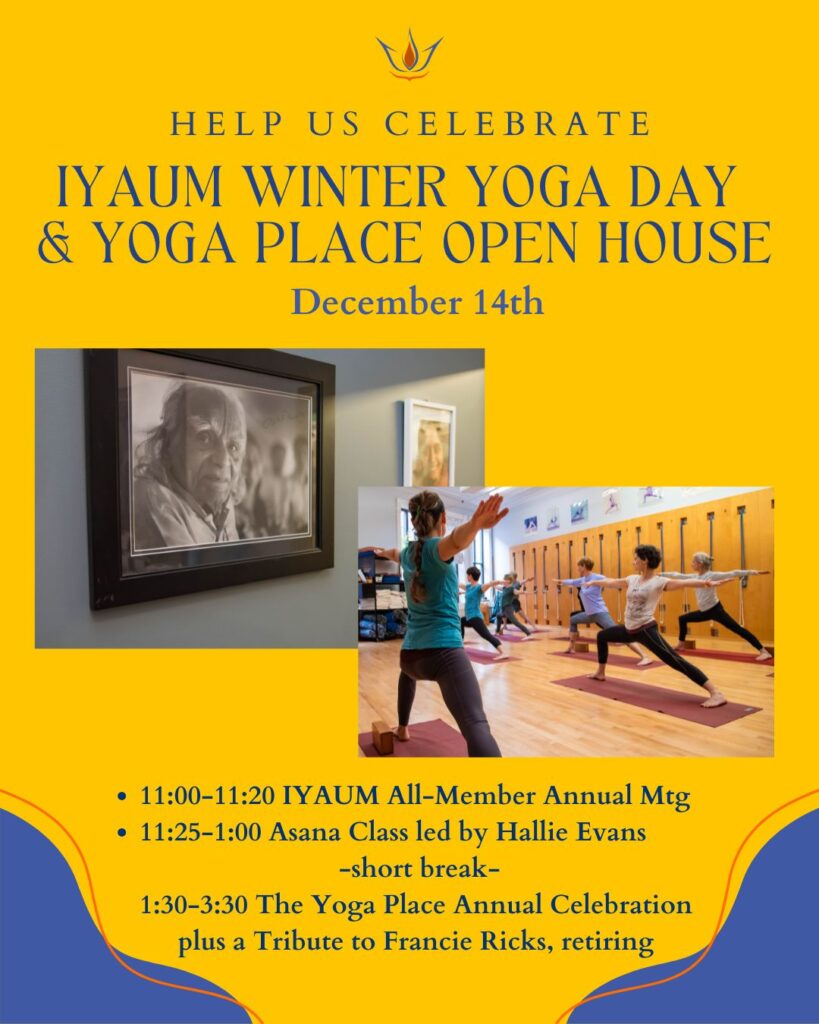Calming the Waves of Consciousness

Our next meeting of The Yoga Sutra Study group will be Sunday, June 27th at 11:00am. As has been the case, it will be LIVE and ONLINE, so sign up for ZOOM link here. It is free and open to anyone who is interested.
The ultimate “goal” of yoga as stated in The Yoga Sutras of Patanjali is to “calm the fluctuations of consciousness”. But after the reading on the eight limbs and separate aspects of yoga, there might still be that deeper question of HOW? How does all the previous work culminate in this integrated experience and how do we take this ever-moving “monkey mind” to a state of equanimity, stability, and peace?
In the third chapter, Patanjali tries to describe this process of “culturing the consciousness”. I tend to look at this concept as a wave diagram that slowly comes to a steady line. Between the peaks and valleys there is the practice of attention. The mind never “stops” necessarily, but we have to focus it to the point of complete steadiness to ultimately experience the “oneness” of our being.
Here are the Yoga Sutras in the 3rd Chapter that we will discuss on June 27th (translations in this blog are from Light on the Yoga Sutras of Patanjali by BKS Iyengar)
III.9 – “Study of the silent moments between rising and restraining subliminal impressions is the transformation of consciousness toward restraint.”
III.10 – The restraint of rising impressions brings about an undisturbed flow of tranquility.
III.11 – The weakening of scattered attention and the rise of one-pointed attention in the (citta) consciousness is the transformation towards samadhi (ultimate freedom).
III.12 – When rising and falling thought processes are in balance, one-pointed consciousness emerges. Maintenance of awareness with keen intensity from one-pointed attention to no-pointed attentiveness is ekagrata parinama (one-pointed attention).
III.13 – Through theses phases, cultured consciousness is transformed from its potential state towards further refinement and the zenith of refinement. In this way, the transformation of elements, senses, and mind take place.
Here are some things to contemplate ahead of discussion…
- Are you able to catch your mind wandering? Can you be attentive to where it tends to wander? Like the body, the mind has habits that we may not recognize until we are paying close attention.
- What are ways you “bring your mind back” to focus? What sort of “restraint” works for you to catch your mind in its fluctuations?
- Is there a way you describe or experience “silent moments” between thoughts? Is there a practice you might utilize to lengthen those silent moments?
- What is your biggest disturbance of your “equanimity” or “peaceful mind”?
- When your body is changed do you also feel a change in your mind? And visa versa?
I would also encourage you in the next month to just sit quietly for a timed period without giving up – “doing nothing” – and start small and just observe. Notice how there is always a need to be attentive, be an observer, be diligent, and not give in to dullness or fantasy. The mind and the consciousness are tricky and yoga exists for this purpose. For thousands of years, it has been the understanding that our own minds can be our greatest friends, but also can be our greatest enemies. It can be as helpful as a trained elephant or as destructive as a wild one within our “cultured” state.
These Sutras are a great step in understanding the movements of our mind and the strides we can take to find our inner peace.
